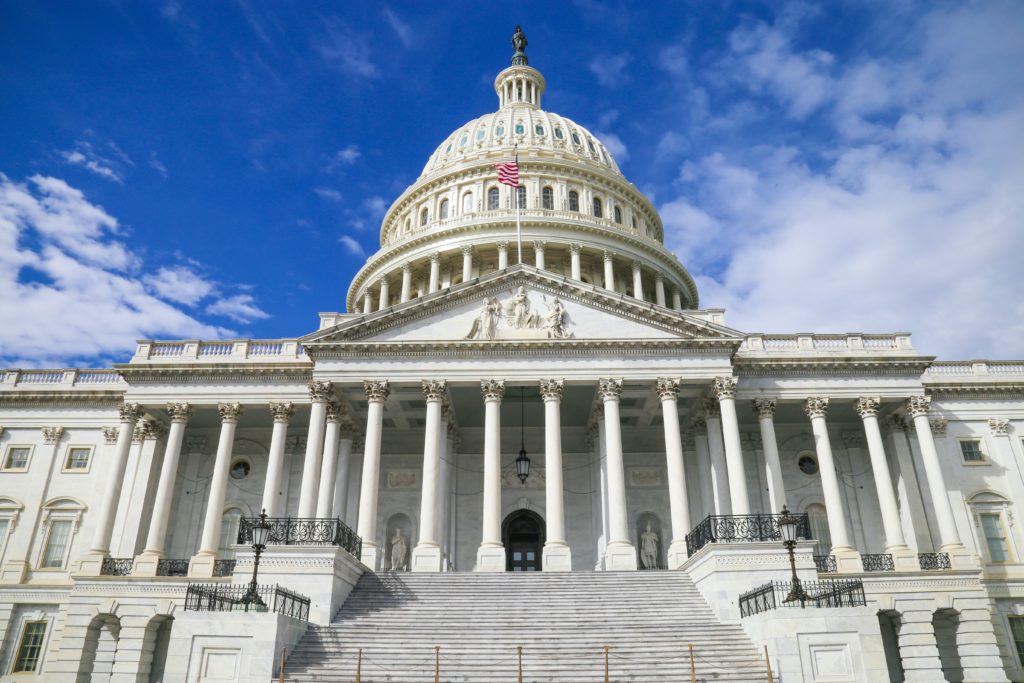This week, the Congressional Budget Office released a report detailing the impacts of enacting Democrats’ $15 minimum wage proposal. The report reveals the devastating impacts of enacting this wage hike: the CBO’s average estimate predicts the nation would lose 1.4 million jobs as a result, but losses could reach as high as 2.7 million. The report also finds that the wage hike would be comparatively ineffective at raising workers out of poverty: it would leave 500,000 more people jobless than it would pull above the poverty line.
According to the CBO, the report methodology outlines significant differences from its 2019 analysis of a similar proposal: (1) wages have been “depressed” due to the pandemic, (2) this 2021 proposal has a more aggressive timeline, giving employers significantly less time to adjust to the wage increases, and (3) the effects of Florida’s state-level $15 wage law are not reflected in these changes – but are otherwise demonstrated to have significant negative unemployment effects.
The CBO report finds:
- A $15 federal wage is expected to kill 1.4 million jobs, and as a result will send 700k workers out of the labor force. “In 2021, most workers who would not have a job because of the higher minimum wage would still be looking for work and hence be categorized as unemployed; by 2025, however, half of the 1.4 million people who would be jobless because of the bill would have dropped out of the labor force, CBO estimates.” (P.8)
- The wage hike could kill as many as 2.7 million jobs. “CBO estimates that there is a one-third chance of that effect’s being between about zero and 1.0 million workers and a one-third chance of its being between 1.0 million and 2.7 million workers.”
- A $15 federal wage will cost 500k more people their jobs than it will pull out of poverty. “Employment would be reduced by 1.4 million workers, or 0.9 percent, according to CBO’s average estimate; and the number of people in poverty would be reduced by 0.9 million.” (P.2)
- The policy would punish young and less-educated workers. “Young, less educated people would account for a disproportionate share of those reductions in employment.” (p.8)
- Contrary to pro-wage hike arguments, the $15 federal wage would increase government assistance spending, as a result of imminent job losses. “Under the bill, Medicaid spending would increase because the effects of increases in the price of health care services and increases in enrollment by people who would be jobless as a result of the minimum-wage increase would outweigh the effects of decreases in enrollment by people with higher income.” (P.3) “Spending for unemployment compensation would increase under the bill because more workers would be unemployed.” (P.4)
- The $15 federal wage would force higher prices for consumers, resulting in decreased supply of goods and subsequent employment reductions. “Higher wages would increase the cost to employers of producing goods and services. Employers would pass some of those increased costs on to consumers in the form of higher prices, and those higher prices, in turn, would lead consumers to purchase fewer goods and services. Employers would consequently produce fewer goods and services, and as a result, they would tend to reduce their employment of workers at all wage levels.” (P.8)
- The wage hike would push employers to shift toward automation for minimum wage roles. “When the cost of employing low-wage workers goes up, the relative cost of employing higher-wage workers or investing in machines and technology goes down. Some employers would therefore respond to a higher minimum wage by shifting toward those substitutes and reducing their employment of low-wage workers. (P.8)
- Contrary to advocates’ arguments, the Raise the Wage Act would reduce worker productivity despite hourly wage increases, due to reduced capital investment. “Some businesses would invest in capital goods to replace workers. Other businesses, however, would be discouraged from constructing new buildings or buying new machines if they anticipated having fewer employees to use them. On average, over the 2021–2031 period, real investment would be slightly lower than it would be if current laws did not change, CBO estimates. That reduction in investment would reduce workers’ productivity and lead to further reductions in their employment.” (P.10)
Whether the standalone proposal will make its way into the final reconciliation bill remains to be seen. Senate Majority Leader Chuck Schumer has been vague about whether it will survive the reconciliation process, and President Biden admitted he does not expect to see the $15 wage in the final relief package. However, the House Education & Labor Committee advanced its portion of the reconciliation bill to the next phase, which includes the $15 wage provision.
The reconciliation process would only require the full 50 votes of Senate Democrats, and could leave Republicans behind to pass a $15 minimum wage. However, moderate Democrats may be on the fence – like Joe Manchin (D-WV) – and this report not only highlights the serious economic consequences of passing the Raise the Wage Act, but shows it will provide little to no bang for its buck in terms of helping those in poverty.

